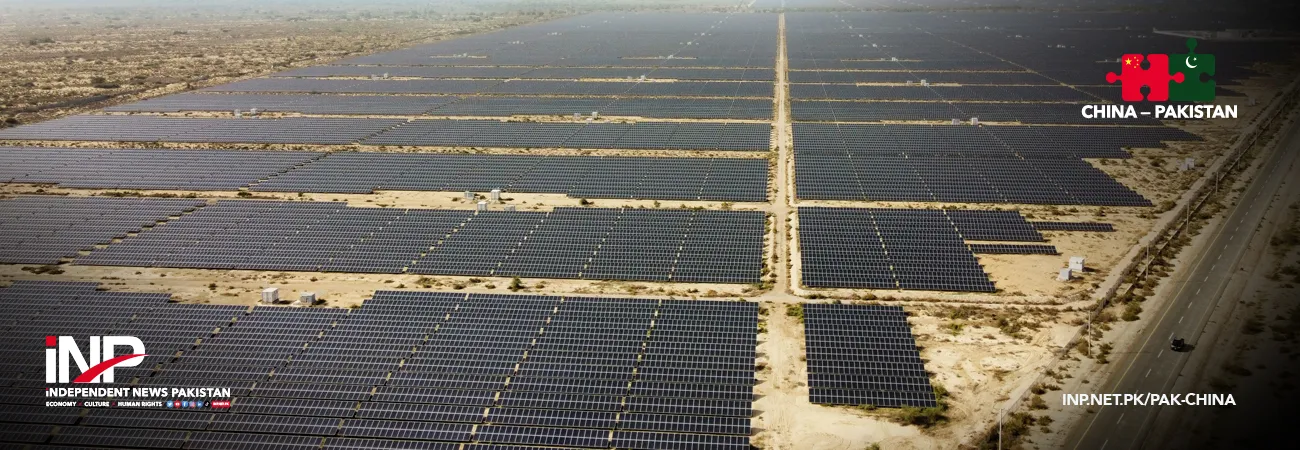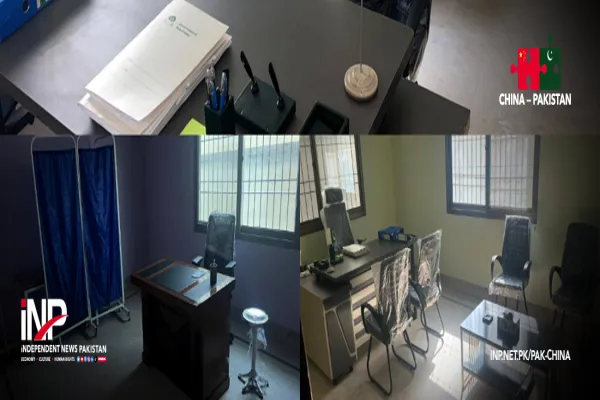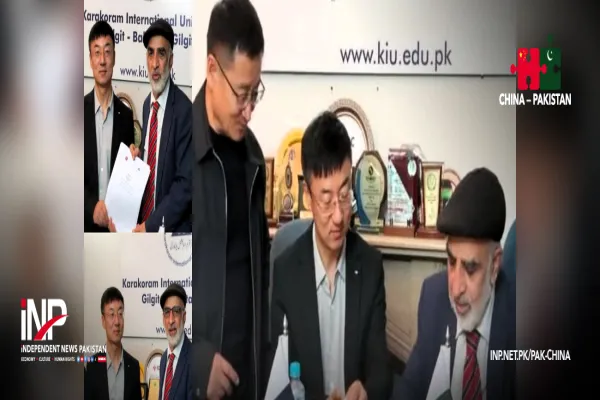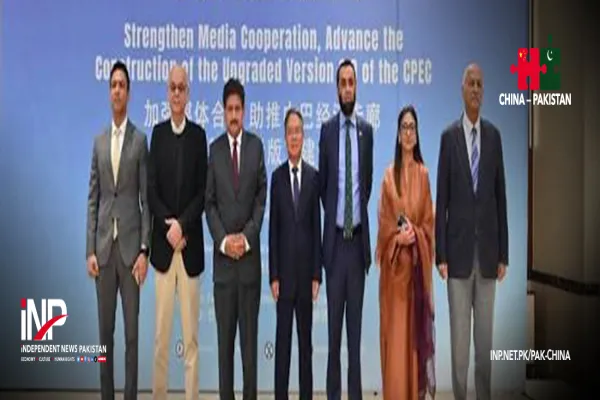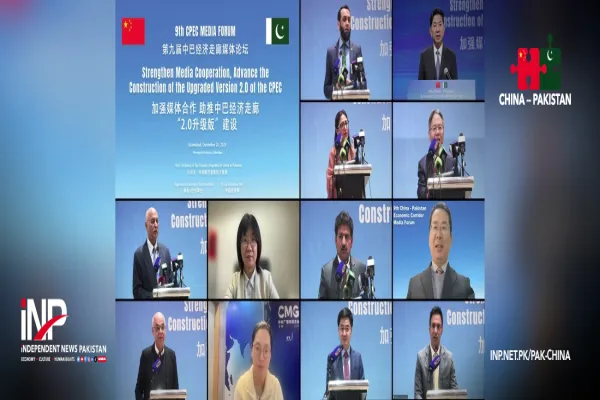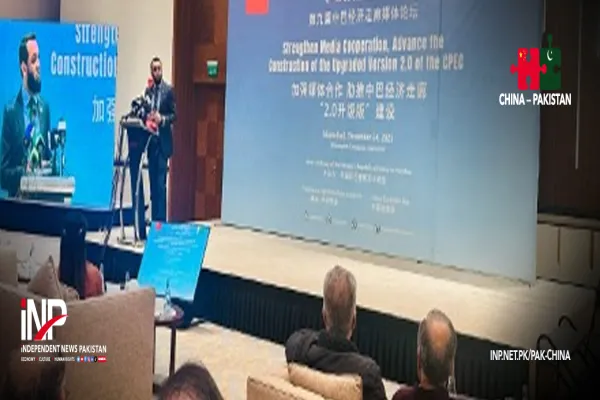i NEWS PAK-CHINA
KARACHI, Jun. 11 (INP): Climate coop under CPEC Phase-II is in dire need amid severe heatwave. “The constant power cuts are ruining my business. We can't keep our refrigerators running, and customers don't want to sit in a broiling restaurant. Our electricity bill has also skyrocketed.” Muhammad Ilyas, a restaurant owner in Lahore, anxiously staring at the less and less customers, Gwadar Pro reported. With frequent power outages, keeping his restaurant cool has become nearly impossible for Ilyas. Perhaps in the past, the consequences of not having round-the-clock air conditioning were not so bad, but everything has changed recently - the temperature in many parts of Pakistan has reached 50 degrees, close to breaking the historical extreme. In Mohenjo Daro, a town in Sindh known for archaeological sites, temperatures rose as high as 52.2 degrees a few days ago, a senior official of the Pakistan Meteorological Department, Shahid Abbas noted. The power outages are not just an inconvenience. Some businesses have been crippled, leading to financial losses and operational challenges. However, this is not all the evil consequences of extreme weather.
“The situation is extremely worrying. Extreme heatwave has led to accelerated melting of glaciers, causing flash floods in many parts of northern Pakistan, and the butterfly effect has brought about lake bursting, landslides, river diversion and the subsequent forced migration of large numbers of people,” noted Shoaib Kiani, Assistant Professor at the University of Karachi’s Institute of Marine Science during an interview with Gwadar Pro, stressing that the as a developing country, Pakistan is faced with a variety of destabilizing factors thus its ability to adapt to and mitigate climate change is minimal. “Pakistan urgently needs rigorous short-, medium- and long-term plans that must be based on accurate scientific research and sustained human and financial support before we could discuss environmental stability and sustainability.
As far as I can see, the China-Pakistan Economic Corridor-Green Corridor is the cornerstone we must build on,” Prof Kiani added. Pakistani Prime Minister Shehbaz Sharif kicked off his visit to China on Tuesday, which could be regarded as the unveiling of the second phase of the China-Pakistan Economic Corridor. Not long ago, the two nations identified five new corridors- a growth corridor, a livelihood-enhancing corridor, an innovation corridor, a green corridor and an open corridor, in which the green corridor involves a re-direction of Chinese infrastructure investments away from emission intense investments and towards green infrastructure projects, e.g. from coal to renewable energy, and ideally an early retirement of existing coal-fired power plants, thus a low-carbon future could to a large extent help mitigate the threat posed by climate change.
This requires the concerted efforts of both governments, investors, enterprises and civil society. Prof Kiani gave more specific suggestions. “The Prime Minister's visit came at the right time. First and foremost, Pakistan needs to make environmental restoration a priority, as our environment has been damaged too severely. In addition to investing in new energy projects, I would like to focus on talent training, which is often overlooked when we talk about green corridors.
Pakistan is in great need of skilled environmental protection and climate change professionals and supporting advanced technologies. Within the scope of the green corridor of CPEC Phase-II, we should plan more joint research and personnel training projects. Pakistan calls for professionals in areas including but not limited to urban planning, civil engineering, water resources management, forestry and fishery protection, as well as resource development. With a team of professional talents, our ability to adapt to and mitigate climate change will be enhanced accordingly.”
“Pakistan is the fifth most vulnerable country to the impacts of climate change,” Rubina Khursheed Alam, the prime minister’s coordinator on climate, pointed out, in which power shortage is one of the most direct impacts on the lives of ordinary people. “Pakistan needs to rapidly diversify its power generation from traditional energy sources to large-scale renewable energy,” the Prof told, “the National Power Control Centre (NPCC) reported that electricity demand has surged to a staggering 25,500 megawatts, while the total production stands at 20,200MW, resulting in a significant shortfall of over 5,000MW. China and Pakistan already have a lot of close cooperation, now the time is ripe to take this cooperation to a new level.”
Credit: Independent News Pakistan (INP) — Pak-China



